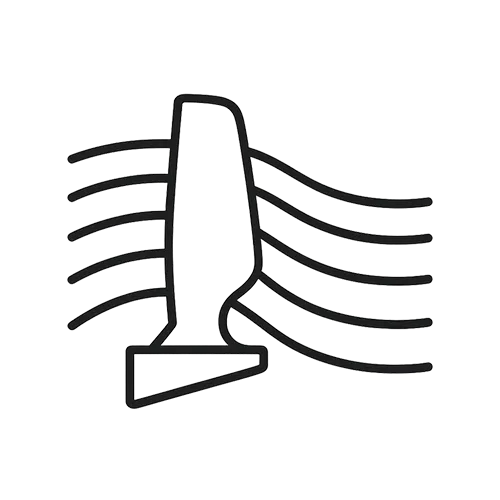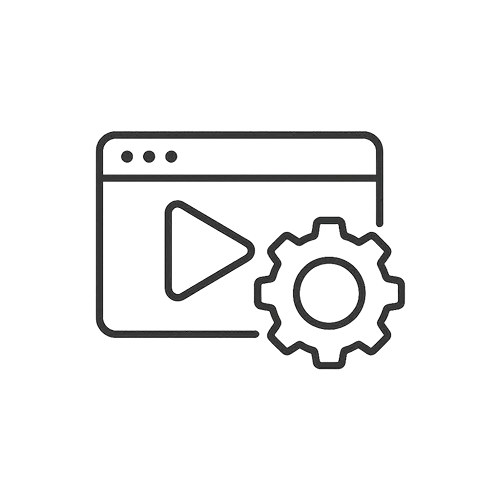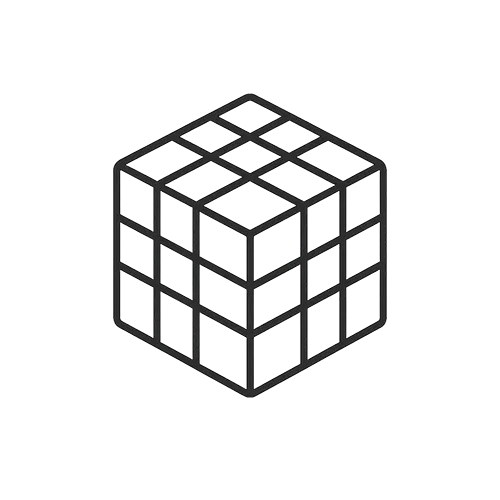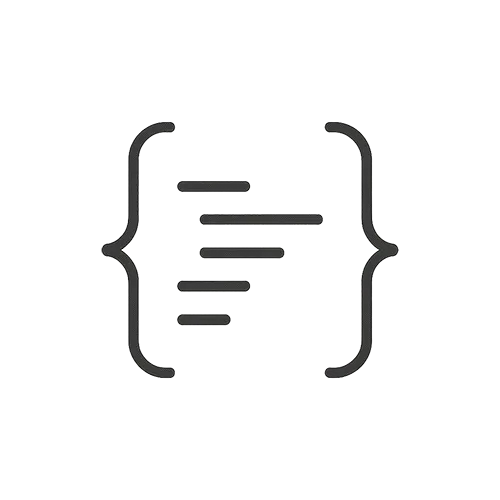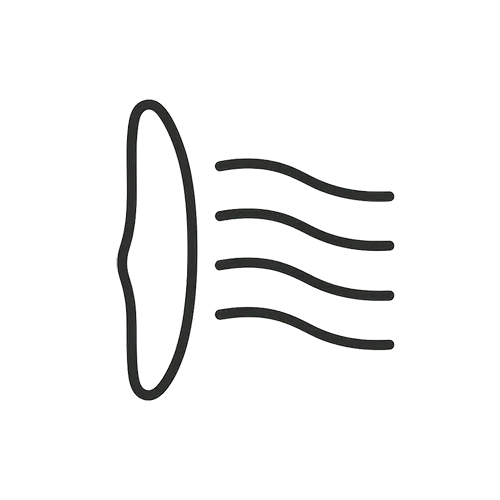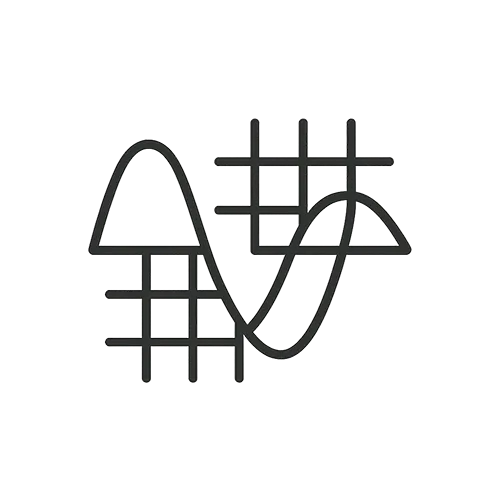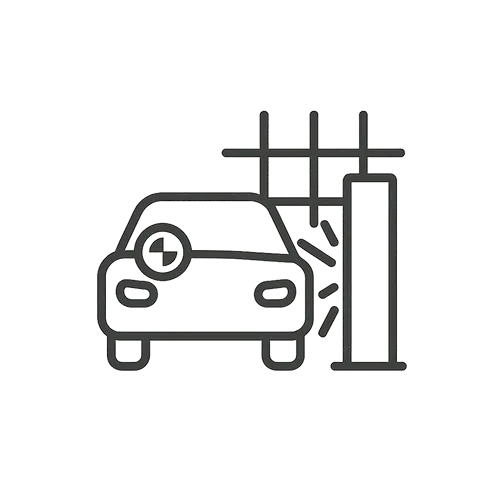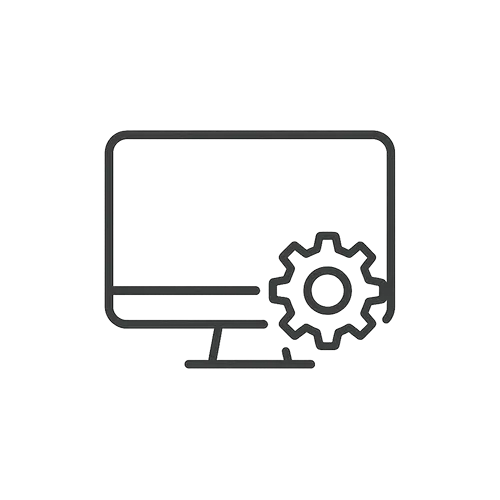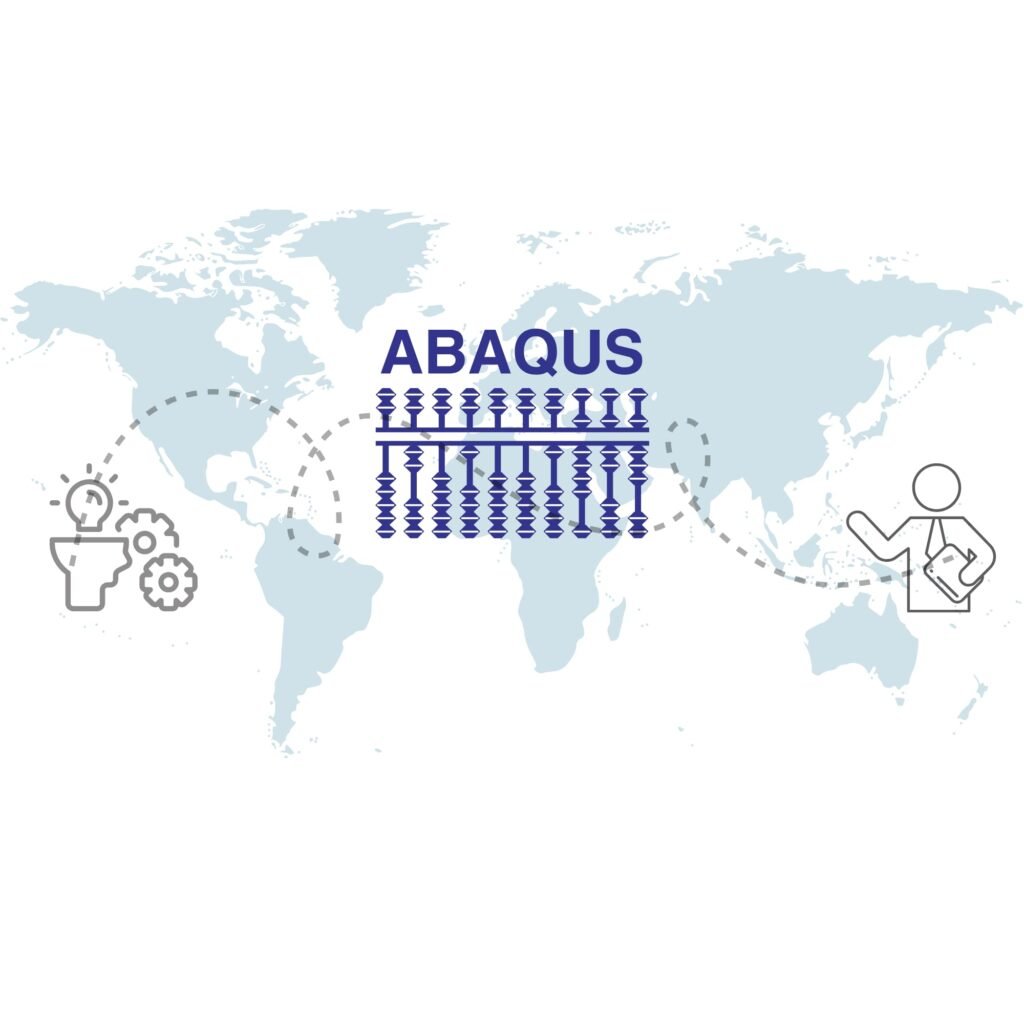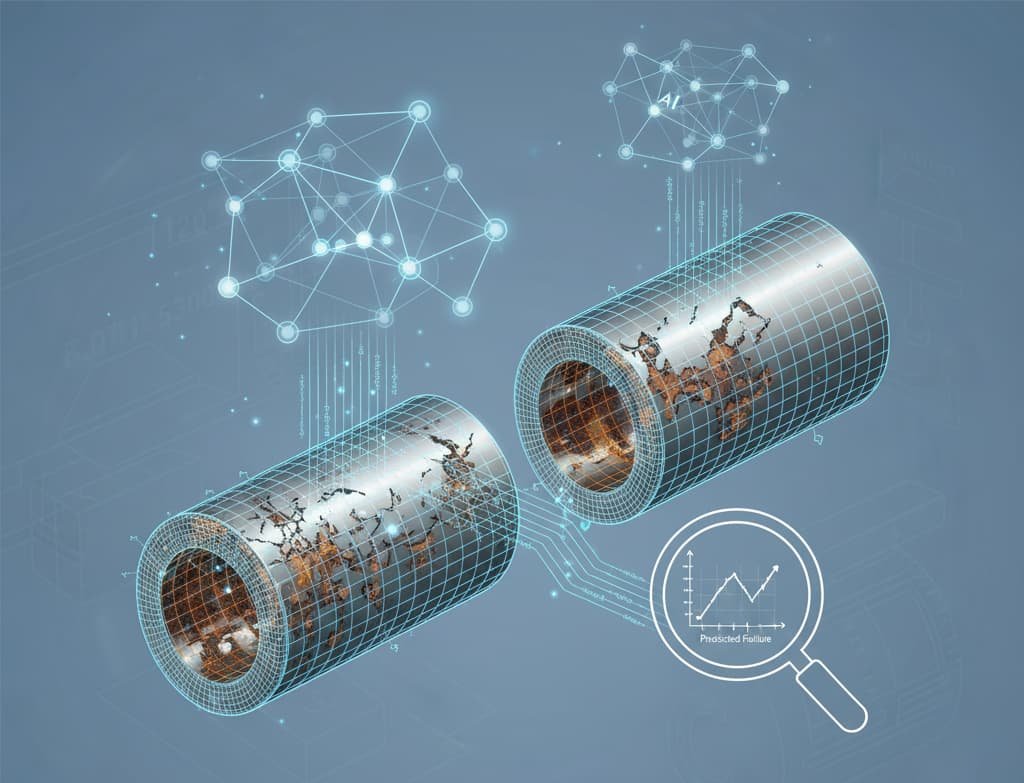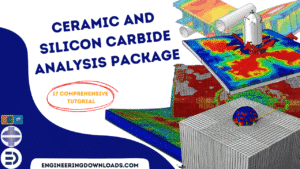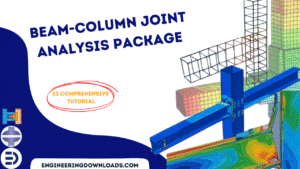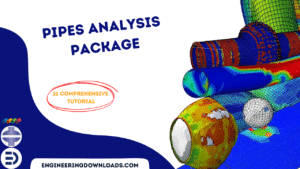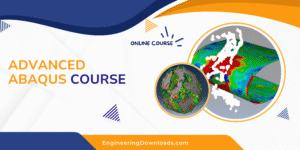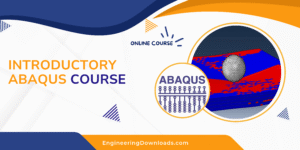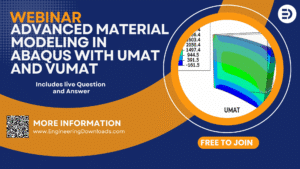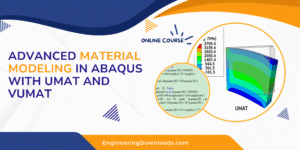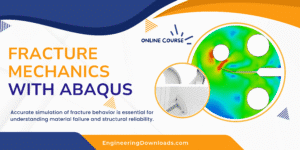I’ve been quiet for a while, but for good reason—more on that later. Today, I’m sharing the messy, challenging, and surprisingly fulfilling path I took to learn commercial FEM software.
If you’re navigating the same struggles in your FEM software journey—confusing GUIs, cryptic errors, trial-and-error modeling—you’re not alone.
Phase 1: The “Click & Hope” Era
Like many beginners, I started with no real foundation. I blindly followed tutorials, clicked buttons, and prayed the mesh would run. I had no clue about the logic behind what I was doing.
It worked—sometimes. But more often, I was frustrated, stuck on errors I didn’t understand, and wasting hours on basic mistakes.
❗ Common beginner pain: GUI confusion, simulation errors, no theoretical base.
Phase 2: The Lifeline
At this point, I reached out to experts. Their help was fast and useful—but temporary. I fixed immediate problems, but deeper ones always came back.
Without a solid grasp of the fundamentals, every new task felt like reinventing the wheel.
✅ Lesson learned: Quick fixes aren’t enough without understanding theory.
Phase 3: Back to Basics
I finally decided to dive deep into the core of finite element theory and solid mechanics. It was tough, but it gave me clarity.
Then came the second mountain: coding. I learned Python scripting for automation, and tackled FORTRAN subroutines for advanced FEM models.
Even now, I believe the lack of good resources—especially for niche subroutines—is a real obstacle. (If only I had found **Lonny Thompson’s explanations sooner!)
🔍 Still a gap in the field: Clear guides for subroutines in FORTRAN and real-case Python integration.
Phase 4: The Validation Wall
Even after understanding theory and writing code, model validation remains a major challenge.
How do you prove your model is right?
What if you’re using the wrong assumptions?
Is it reliable for publication or real-world application?
💡 Pro tip: Validation is a skill in itself. Build benchmark cases and compare with peer-reviewed data.
Your Turn: What Was Your Biggest Challenge in Learning Simulation?
Fundamentals?
Coding?
Model verification?
Let me know in the comments—I’d love to hear about your path!
The Hidden Cost of Reinventing the Wheel
(Part 2 of 3 from My FEM software Journey)
Here’s a hard truth: Replicating a model from a paper can take 2 to 6 months.
Most of that time? Trial and error.
Despite having the knowledge and skills, we waste countless hours rebuilding models that have already been validated by others.
❌ We duplicate solved problems.
✅ We need validated, shareable simulations.
What If We Stopped Duplicating and Started Sharing?
Imagine a world where:
🔄 Researchers publish validated models and earn citations + income
⚡ Engineers access ready-to-use simulations, saving months of work
🔗 Collaboration fuels real progress, not repetition
That’s when we decided to act.
Introducing Engineering Downloads
Community-Powered Progress
We built Engineering Downloads to fix this problem.
A collaborative hub where:
📤 Researchers can upload and share verified models
📥 Engineers can download tested simulations for real-world use
📈 Everyone accelerates innovation (instead of repeating the same loops)
🔗 Join the movement: Click here to access the platform

